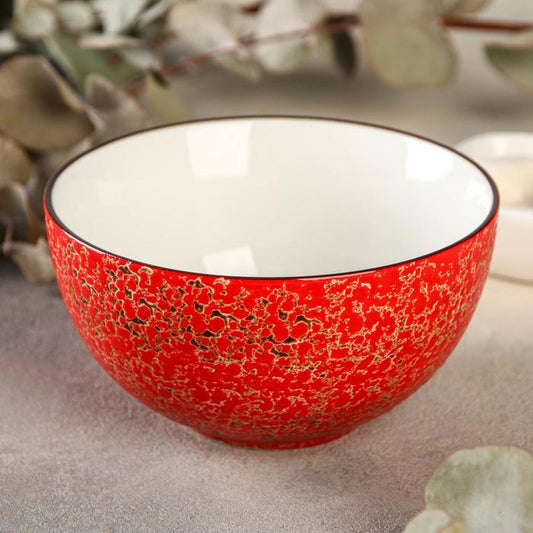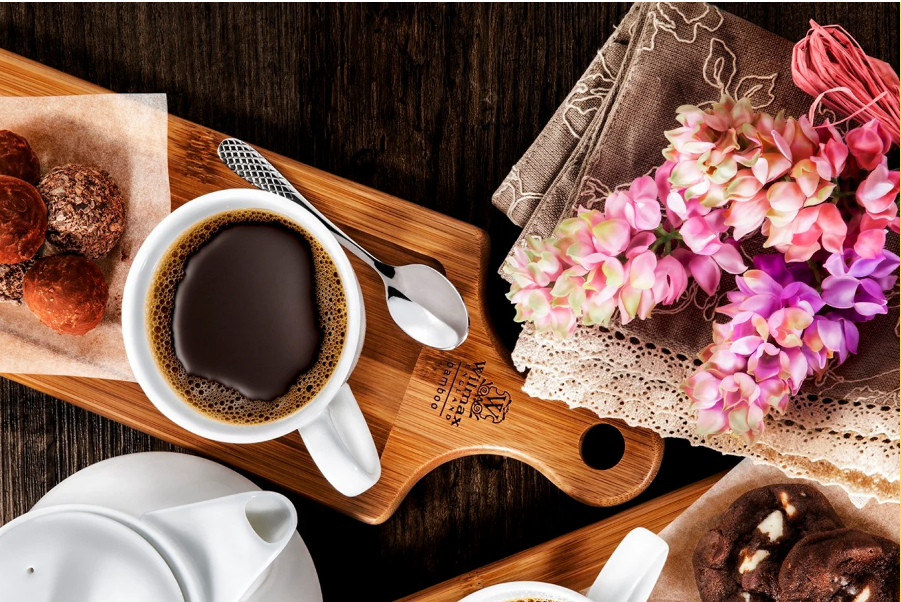Roadside Diners of the American Midwest: History on a Plate

Chrome-plated, neon-lit, and dotted across endless highways, the roadside diner is more than a place to grab a quick bite—it’s a living museum of American culture. Nowhere is this truer than in the Midwest, where diners serve up more than meatloaf and pie. They offer a window into decades of migration, family tradition, working-class resilience, and culinary Americana.
A Slice of American History
The Midwest’s diner culture rose alongside the car culture of the 20th century. As families took to the open road, diners popped up on the outskirts of small towns and at highway junctions. Many began as lunch cars—small prefab buildings that could be trucked in and set up overnight. Over time, these eateries became landmarks, beloved not just for their convenience, but for their consistency, comfort, and character.
What’s on the Plate?
Midwest diners reflect the agricultural heartland they inhabit. Portions are generous, flavors are familiar, and the dishes are rich in nostalgia:
- Meatloaf with mashed potatoes: Often smothered in gravy, a symbol of post-war home cooking.
- Pork tenderloin sandwich: A breaded, deep-fried pork cutlet bigger than the bun, especially popular in Iowa and Indiana.
- Biscuits and sausage gravy: A breakfast staple that sticks to your ribs, perfect for long-haul drivers and early risers.
- Fried walleye or perch: A nod to the region’s lakes, often served with coleslaw and rye bread.
- Pie: Always homemade—apple, cherry, chocolate cream, or the regional favorite: sour cream raisin.
More Than a Meal: Community Anchors
These diners aren’t just pit stops—they’re community centers. Waitresses know customers by name. Farmers, retirees, and students share coffee and news at the counter. On any given day, a Midwest diner might host a baby shower, a political discussion, or a high school reunion—all under one roof.
In an increasingly digital and disconnected world, the roadside diner remains a bastion of face-to-face hospitality, where conversation flows as easily as the refillable coffee.
Design & Décor: Nostalgia Served Hot
Midwestern diners are often frozen in time—red vinyl booths, black-and-white checkerboard floors, tabletop jukeboxes. Some are decorated with memorabilia from Route 66 or the golden era of car travel. Others lean into Midwestern kitsch: antique tractors, barnwood paneling, and hand-painted menus on the wall.
Preserving a Culinary Legacy
As fast food franchises expand and roadside culture fades, many iconic diners have closed. Yet others are thriving—run by new generations who blend tradition with modern twists. You’ll now find gluten-free pancakes next to scrapple, or farm-to-table hashes alongside bottomless filter coffee.
Foodies and travelers alike are rediscovering the charm of the Midwest diner: affordable, hearty, and rich in Americana. They’re culinary time capsules—living tributes to blue-collar hospitality and regional pride.
Conclusion
Whether you're on a cross-country drive or just looking for the perfect slice of pie, a Midwest roadside diner offers more than food—it offers comfort, connection, and a taste of home. So next time you spot a chrome-trimmed building with a “BREAKFAST ALL DAY” sign glowing in the window, pull over. Inside, you’ll find history on a plate, served with a smile and a side of hash browns.
Share:





